Most people who are familiar with building technology are familiar with the term HVAC, which stands for Heating, Ventilation and Air Conditioning. HVAC management began in the second century and was used in Roman cities where it was referred to as a hypocaust. Eventually, HVAC management grew in importance and played a significant role during the Industrial Revolution when large factories deployed HVAC systems.
HVAC controls the climate in commercial buildings and other facilities. Although HVAC is commonly referred to as air conditioning, that term has shifted towards energy management. HVAC management includes regulation of heating systems, radiators, chimneys, fans, air conditioners, humidifiers, dehumidifiers, and air filters.
HVAC managers must have an in-depth knowledge of the electrical and mechanical equipment used in buildings. You must be mechanically inclined and understand the various electrical components that affect heating, air conditioning and ventilation. The two core components of HVAC management are temperature and humidity control. Depending on the size of the building, an HVAC system can be a small system with easy installation or a larger system. Large commercial buildings require more complex HVAC systems that must be specially designed by machine builders and typically require entire rooms to properly store the system.
HVAC management also plays an important role in maintaining air quality. An HVAC system removes odors, dust, bacteria, and excess moisture from the ventilation system. Proper HVAC management regulates airflow and regulates microbiological elements that could affect people’s health. This is important because indoor air quality can affect everyone and poor air quality leads to poor health.
HVAC systems are not only used in commercial buildings. They are also used in apartment buildings. In this case, the HVAC system is significantly smaller and able to regulate the temperature and humidity in the home through the owner’s supervision. Over the years, HVAC system installation and equipment has come a long way.
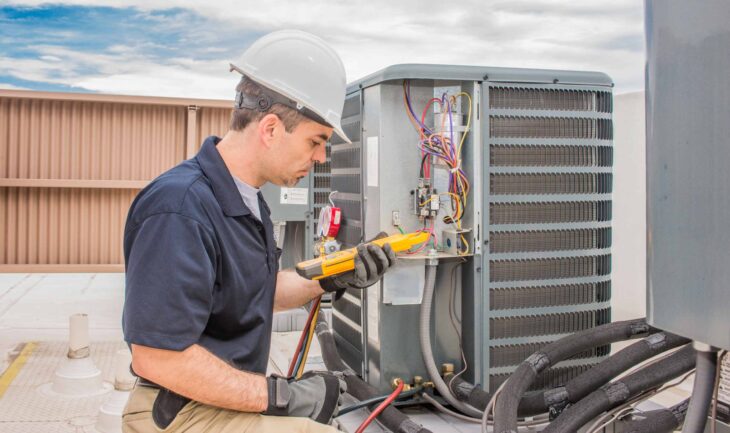
Source: optimoroute.com
Contents
What is HVAC?
Heating, Ventilation and Air Conditioning (HVAC) is a term that refers to the set of techniques that study and practice the renewal of air and its treatment (cooling, heating, movement, etc.) for health, comfort and safety purposes.
In other words, we can say that HVAC is an air conditioning concept that encompasses everything related to heating, ventilation and air conditioning (in terms of infrastructure) to control the temperature and humidity of the environment, as well as air purification, for the benefit the health of people and the safety of equipment inside a building.
This concept dates back to the early 19th century, a time when Willis Haviland Carrier created the first air conditioning system, which was invented for the purpose of cooling and controlling humidity in the air to optimize printing tasks and improve print quality fixation of ink on paper.
Benefits of smart HVAC systems
The implementation of an intelligent HVAC system brings multiple benefits both for the occupants of the facilities and for the building itself, not to mention the advantages it provides for the business continuity of organizations.
Although these benefits vary depending on each sector, here are those that can be noticed in any office where this technology is implemented:
- Improves staff comfort
- Minimizes the presence of insects and parasites
- Increases employee productivity and performance
- Protect the health of staff
- Reduces the effect of pollutants
- Maximize energy use
For more information regarding HVAC system you can visit mac5services.com because they have been in this field for many years and have good reviews from many customers across the country.
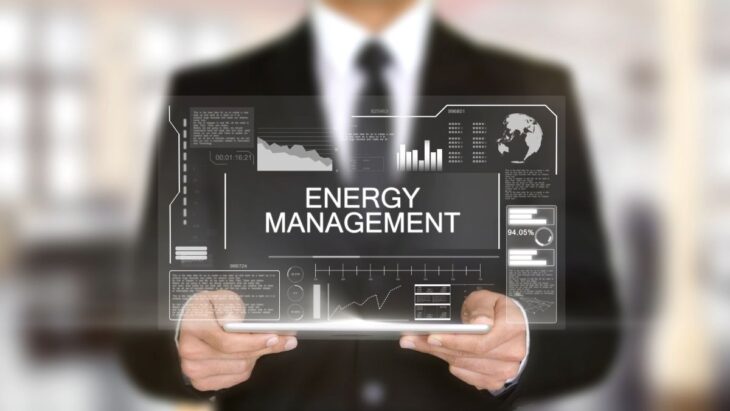
Source: acrlatinoamerica.com
HVAC Operation
Today’s HVAC systems are no longer only responsible for controlling the temperature and humidity levels inside a building, but also focus on controlling the supply of air from outside to manage carbon dioxide levels inside of the spaces where they are installed.
For this, HVAC systems work from three concepts, actions or variables that allow their operation: ventilation, air conditioning and cooling.
Ventilation
It is responsible for renewing the air in a certain environment. Through the double-flow ventilation system, it exchanges outside air for the air inside the space, providing quality air and preventing gases from polluting particles from remaining in said space to affect the health of the occupants.
It is worth mentioning that heat recovery systems (alternative to the double flow ventilation system) are gaining more and more ground in the HVAC systems market.
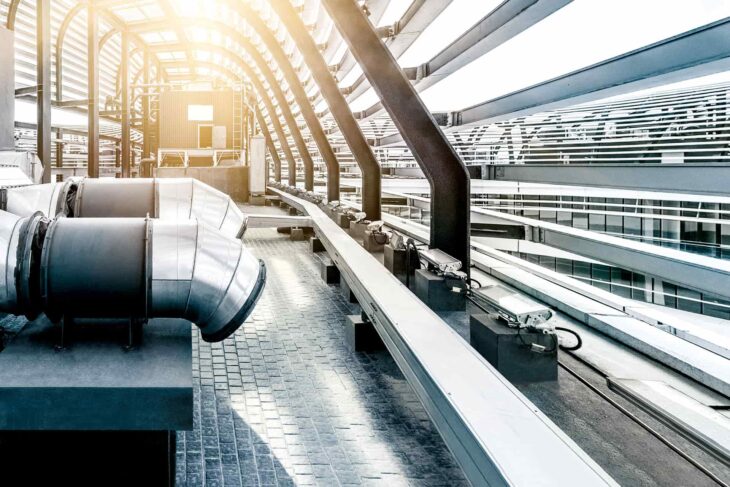
Source: ebmpapst.com
Winter Air Conditioning (Heating)
It is responsible for increasing the temperature of the cold air, which is carried out by recovering the extraction air and heating the supply air; through heat pumps that supply heating energy; or by heating by electrical resistance.
Cooling
It is responsible for reducing the temperature of the air by means of a condenser that compresses the gaseous substances and subtracts the heat from them before returning it in the form of steam; or through a nebulizer of water droplets in the air flow, which cools the environment by evaporating the water particles.
And although these are the three main actions that an HVAC system performs, this technology is also capable of developing three other processes that are currently of great importance for all types of buildings: humidification, cleaning and movement of interior air.
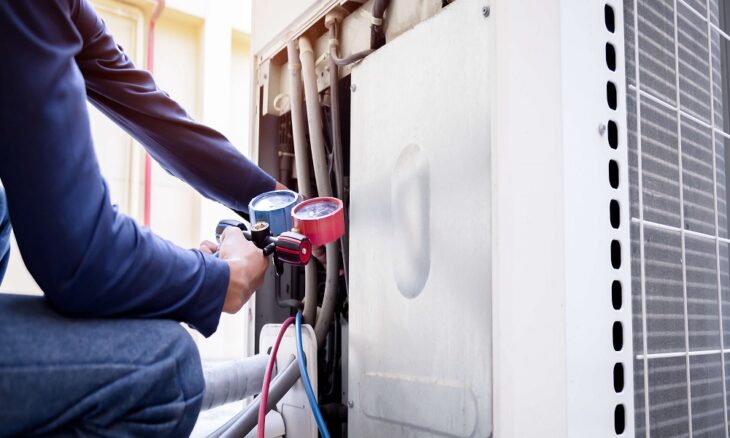
Source: getfieldy.com
Humidification/dehumidification
It is responsible for maintaining optimum humidity in the environment. The humidification process is carried out when the environment becomes dry, which prevents respiratory problems in the occupants; on the contrary, the dehumidification process is carried out when the humidity levels exceed the appropriate limits, cooling the air to condense it and subsequently raising its temperature to the desired level.
Cleaning
It is responsible for extracting from the environment the polluting solid particles found in the air (dust, pollen, smoke, etc.) through filters, guaranteeing the occupants of the building a purer air to breathe.
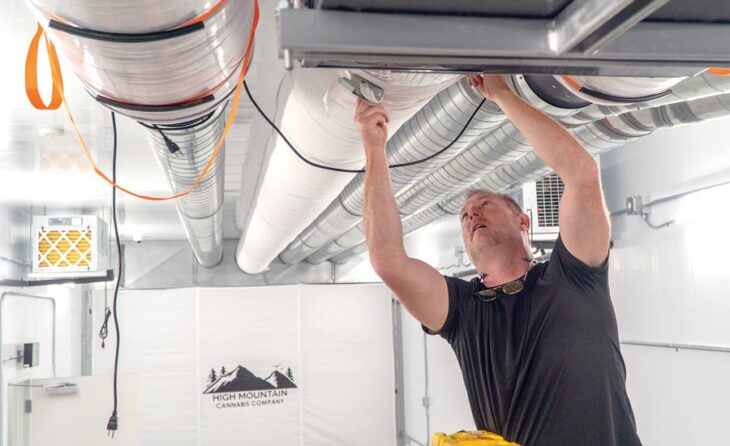
Source: achrnews.com
Indoor Air Movement
It is responsible for distributing the air that comes from outside inside the building through its circulation, which must be done in an imperceptible way and avoiding annoying currents for the occupants.
In short, we can say that the HVAC concept implies the integration of the aforementioned actions in a system whose main objective is to improve the comfort and health of the occupants of any building.
